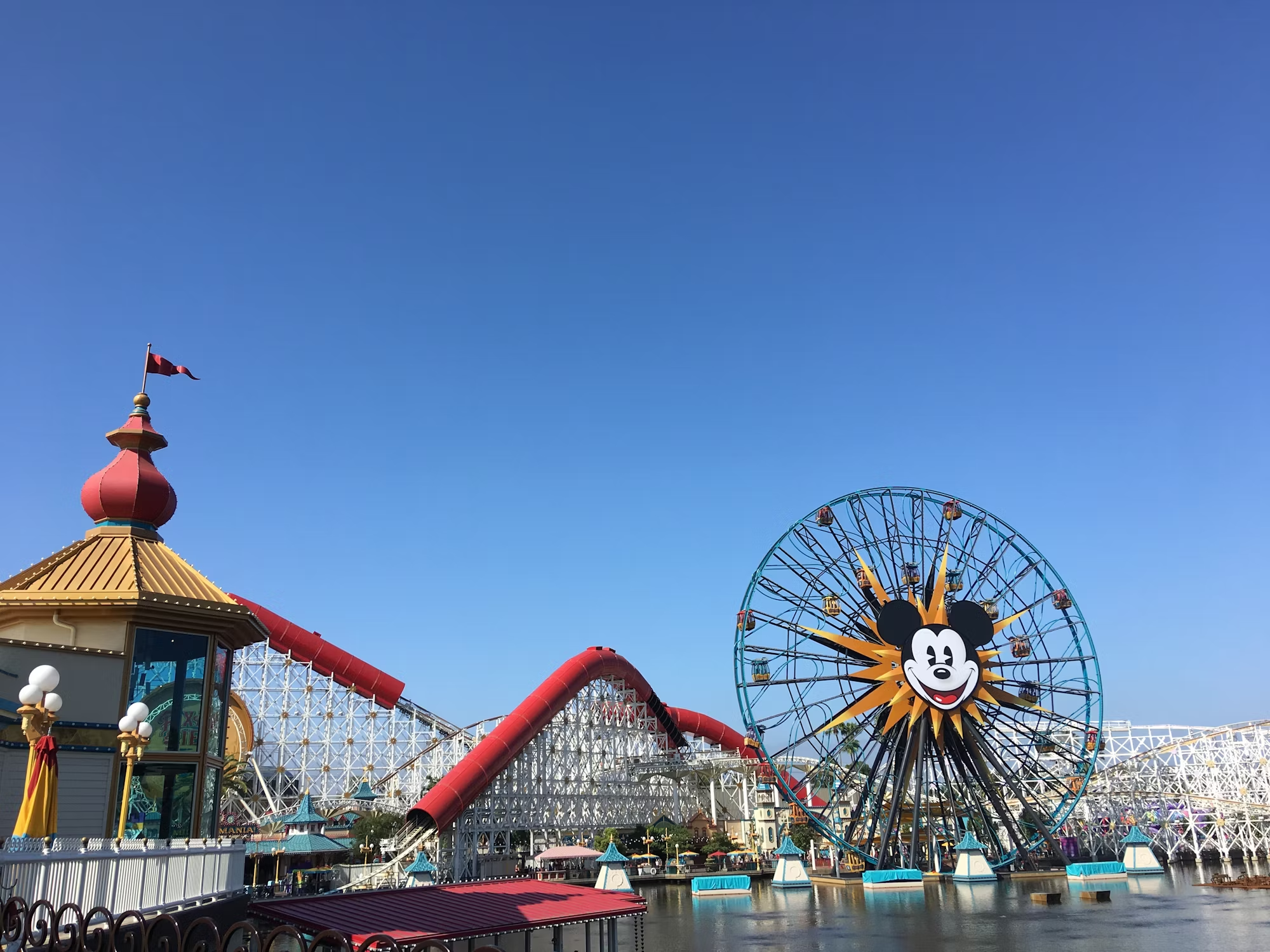Theme parks have long captured the hearts of millions, offering a blend of adventure, imagination, and joy. These fantastical realms transport visitors into immersive worlds filled with thrilling rides, engaging attractions, and beloved characters. From the enchanting streets of Disneyland to the exhilarating landscapes of Universal Studios, theme parks create a unique atmosphere that fosters memorable experiences for individuals and families alike. This article explores the history of theme parks, their diverse attractions, and the magic they bring to communities around the globe.
The origins of theme parks can be traced back to the early 20th century, with the development of amusement parks that combined entertainment with various attractions. One of the first successful attempts at a theme park was Disneyland, opened in 1955 in Anaheim, California. Founded by Walt Disney, Disneyland set the standard for theme parks by introducing immersive storytelling, character interactions, and meticulously designed environments that transported guests to different realms. Its success paved the way for numerous other theme parks, each aiming to create their own unique experience.
One of the defining features of theme parks is the wide range of attractions they offer. Thrill-seekers can find heart-pounding roller coasters that twist and turn through the air, while families can enjoy gentler rides that cater to all ages. Iconic attractions like the Haunted Mansion, Space Mountain, and Pirates of the Caribbean provide unforgettable experiences that combine cutting-edge technology with captivating storytelling. Each ride is designed to evoke emotions, whether it’s the excitement of speed or the wonder of fantasy.
In addition to rides, theme parks often feature immersive environments that allow guests to explore different lands or themes. For example, Harry Potter enthusiasts can step into the Wizarding World at Universal Studios, complete with Hogwarts Castle, Diagon Alley, and themed attractions that make them feel part of the beloved franchise. This attention to detail creates an engaging atmosphere where visitors can interact with their favorite characters and stories, enhancing the overall experience.
Food also plays a crucial role in the theme park experience. Each park offers a variety of dining options, from quick-service eateries to fine dining experiences. Many parks feature themed dining venues that complement the surrounding attractions, allowing guests to indulge in culinary delights inspired by the park’s theme. Whether it’s enjoying a Dole Whip in Adventureland or dining in the Beast’s Castle, the dining experiences add to the overall enchantment of the visit.
Theme parks are not just about rides and food; they also provide a platform for live entertainment. Parades, stage shows, and character meet-and-greets offer visitors additional ways to engage with the magic of the park. Seasonal events, such as Halloween celebrations or holiday festivals, introduce special entertainment that transforms the park into a whimsical wonderland. Families can enjoy fireworks displays that light up the night sky, creating memorable moments that linger long after the visit.
The sense of community fostered by theme parks is palpable. Families often make theme park visits a cherished tradition, creating lasting memories together. The parks serve as gathering places for friends and families, offering opportunities for connection and shared experiences. As guests explore the park, they engage in conversations, take photos, and create stories that will be recounted for years to come. The atmosphere of joy and excitement becomes a bonding experience, bringing people closer together.
Moreover, theme parks often strive to create inclusive environments where visitors of all abilities can enjoy the attractions. Many parks implement accessibility features, including wheelchair-friendly pathways and ride accommodations, ensuring that everyone can partake in the magic. Special programs, such as sensory-friendly days or accommodations for guests with disabilities, reflect the commitment to inclusivity and enhance the overall experience for all attendees.
Sustainability has also become an important focus for many theme parks. As awareness of environmental issues grows, parks are implementing eco-friendly practices to reduce their carbon footprint. Initiatives may include waste reduction, energy-efficient operations, and sourcing food from local farms. These efforts resonate with visitors who value sustainability, fostering a sense of responsibility and community involvement.
In recent years, technology has transformed the theme park experience. Mobile apps allow guests to navigate the park, check wait times for rides, and make dining reservations seamlessly. Virtual reality experiences and augmented reality attractions are also becoming more prevalent, enhancing immersion and interactivity. These innovations not only improve guest experiences but also create new opportunities for storytelling and engagement.
As theme parks continue to evolve, they remain a beloved part of popular culture. The nostalgia associated with childhood visits, the thrill of new attractions, and the joy of experiencing magic with loved ones make theme parks a timeless destination. With each visit, guests discover new adventures and create cherished memories that will last a lifetime.
In conclusion, theme parks offer a unique blend of adventure, imagination, and community. Their rich history, diverse attractions, and commitment to inclusivity make them a cherished part of many families’ traditions. As we continue to explore the enchanting worlds created within these parks, we celebrate the magic and joy they bring to our lives, reminding us of the importance of connection, laughter, and shared experiences.



